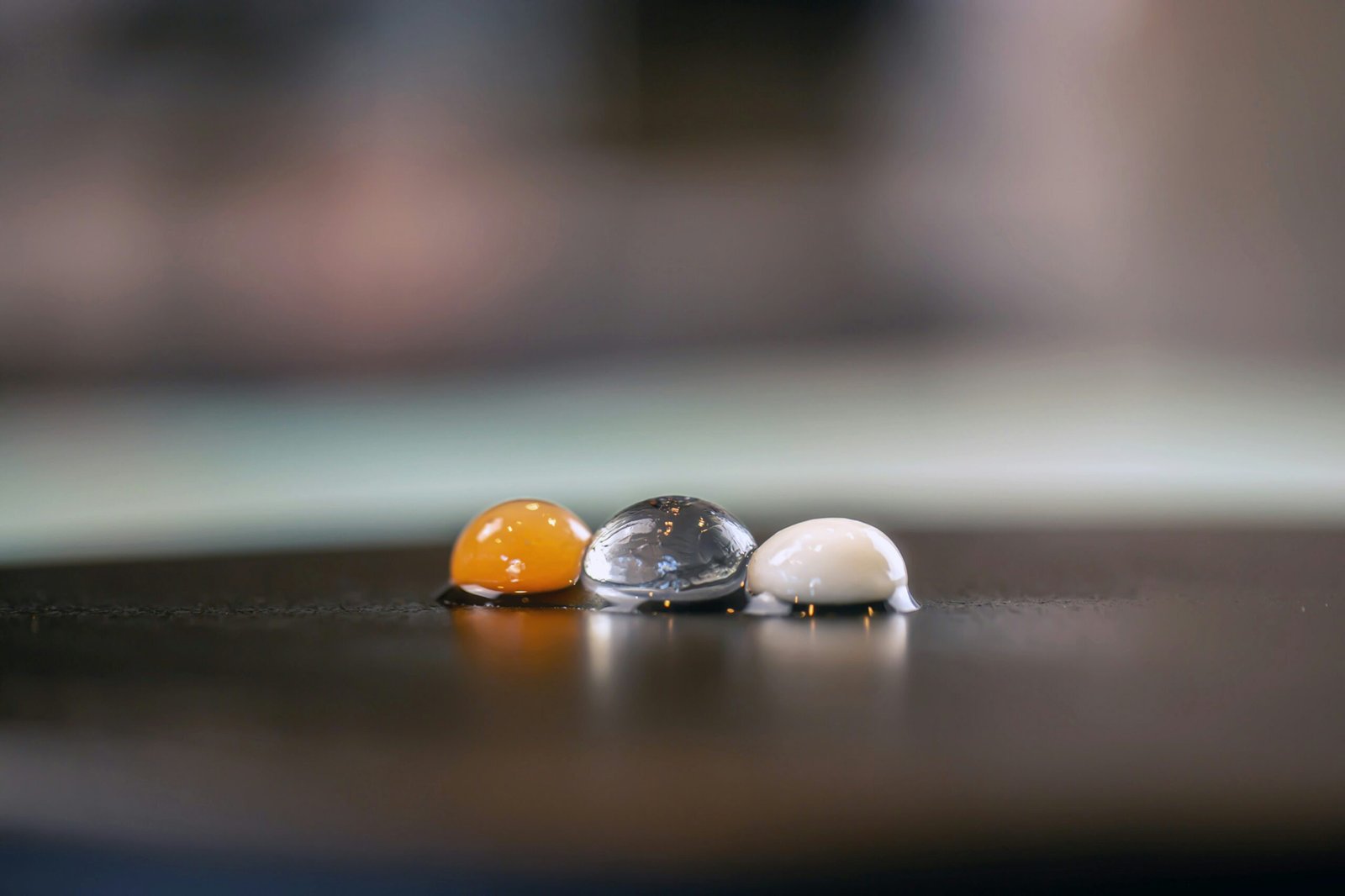
Molecular Gastronomy: Exploring the Science and Art of Cooking
Molecular gastronomy is a fascinating blend of science and culinary art that has revolutionized the way we think about food. It is a discipline that explores the physical and chemical transformations that occur during cooking, and uses this knowledge to create innovative and mind-blowing dishes.
The Science Behind Cooking
At its core, molecular gastronomy is about understanding the science behind cooking. Chefs who practice this culinary approach delve deep into the molecular structure of ingredients, studying how heat, pressure, and other factors affect their taste, texture, and appearance. By understanding these principles, they are able to manipulate ingredients in ways that were previously unimaginable.
Key Techniques in Molecular Gastronomy
One of the key techniques used in molecular gastronomy is spherification. This process involves transforming liquids into small, gelatinous spheres that burst with flavor when bitten into. By using a combination of calcium chloride and sodium alginate, chefs can create edible pearls that mimic the taste and texture of caviar.
Another technique that has gained popularity in molecular gastronomy is foams. By using a whipping siphon and a combination of ingredients such as soy lecithin and gelatin, chefs are able to create light and airy foams that add a delicate texture to dishes.
Molecular gastronomy has also brought about the use of liquid nitrogen in the kitchen. By rapidly freezing ingredients at extremely low temperatures, chefs can create unique textures and presentations.
Elevating Traditional Dishes
It is important to note that while molecular gastronomy is often associated with avant-garde and experimental cooking, it can also be applied to traditional dishes. By understanding the science behind cooking, chefs can elevate classic recipes by enhancing flavors, improving textures, and presenting them in innovative ways.
The Multidisciplinary Nature of Molecular Gastronomy
Molecular gastronomy is a multidisciplinary field that combines science, art, and culinary skills. It pushes the boundaries of traditional cooking by exploring new techniques, ingredients, and presentations.
Sustainability and Environmental Impact
Furthermore, molecular gastronomy has had a profound impact on the sustainability and environmental aspects of the culinary world. Chefs have been able to develop innovative ways to reduce food waste and maximize the use of resources.
The Future of Molecular Gastronomy
Furthermore, the future of molecular gastronomy holds potential for advancements in food science and technology. Scientists and chefs are working together to develop innovative techniques and tools that will revolutionize the way we cook and eat.
The field of molecular gastronomy is also expected to have a significant impact on nutrition and health. Chefs are discovering new ways to enhance the nutritional value of dishes without compromising on taste.
The future of molecular gastronomy is likely to see collaborations between chefs and experts in other fields. This interdisciplinary approach could lead to a deeper understanding of the relationship between food and human behavior.
The field of molecular gastronomy is expected to continue inspiring creativity and innovation in the culinary arts. Chefs will continue to experiment with new techniques, ingredients, and presentations, constantly pushing the boundaries of what is considered possible in the kitchen.
In conclusion, the future of molecular gastronomy is bright and full of possibilities. With its emphasis on creativity, innovation, and sustainability, molecular gastronomy is truly shaping the future of the culinary world.

